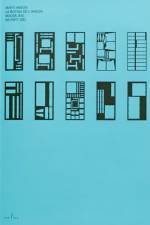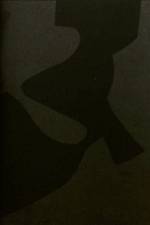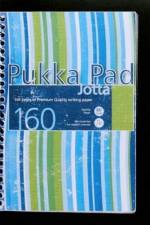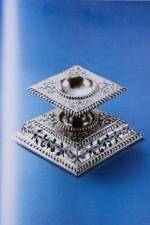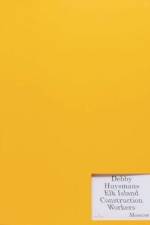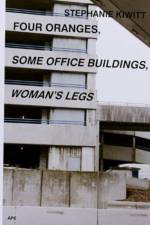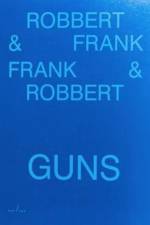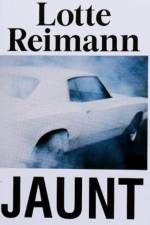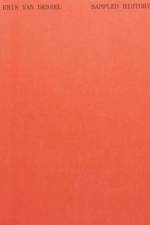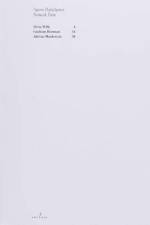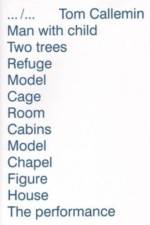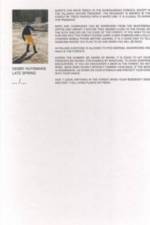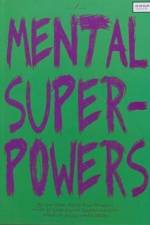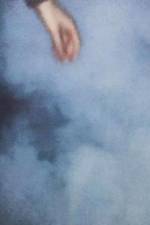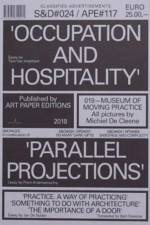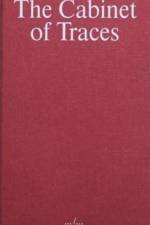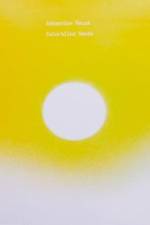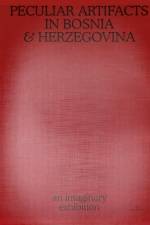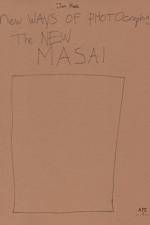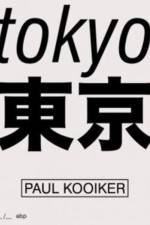av Frank
441
The latest episode in F&R R&F's artistic course is tangible and real. Dealing with killing hardware and all its social, political, economical, cultural and sexual ramifications, the Guns?project (2014), which consists of 400 hand?made wooden weapons, leaves no room for ambiguity. It is distinctly about guns, yet the project offers a productive lead to reflect upon a broad set of issues, from the production and distribution of fire weapons, to the guns' presence in our everyday lives and social imaginaries. Not only does the Guns?project reflect the global omnipresence of fire weapons (be it in the media, in the film industry or in our direct environment), it equally touches upon some recent questions concerning the DIY?manufacturing of armory. The Guns?project comes at a time when designer Cody Wilson has conceived the first 3?D printed gun, now owned by the V&A in London, the world's largest design museum. In 2014 a New York Times article indicated how the rise of open?source education has smoothed the path for Al?Qaida militants in distant lands to carry out smaller?scale solo attacks by virtue of hand-?made artillery. And one shouldn't forget how easily child militias living in the Third World craft their homemade guns from scrap metal at junkyards. Yet, for some, guns are closer to home than we'd sometimes want to believe. Guns are the comfort objects hidden underneath the thousands of pillows in American homes. Guns are the means through which children, for the first time in their lives, learn to enact power dynamics and hierarchies when playing racist Cowboys and Indians games. Guns are the symbols of patriarchy: hard and erected, the guns impertinently point at human flesh, ready to explode. Guns are the tools of oppression and control, the instruments of brutality and domination of the police state. Why have in F&R R&F decided to devote one month of their artistic practice to the creation of a wide collection of harmless weapons made of wood? The answer is very simple. "Weakness is provocative", President Rumsfeld famously observed, "It entices people into doing things that they otherwise would not do. " When your power is weak, you give power to your weakness. With vulnerability and humor as their weapons, F&R R&F happily play the game?and they play it quick and with a slight twist. (Laura Hermann)

